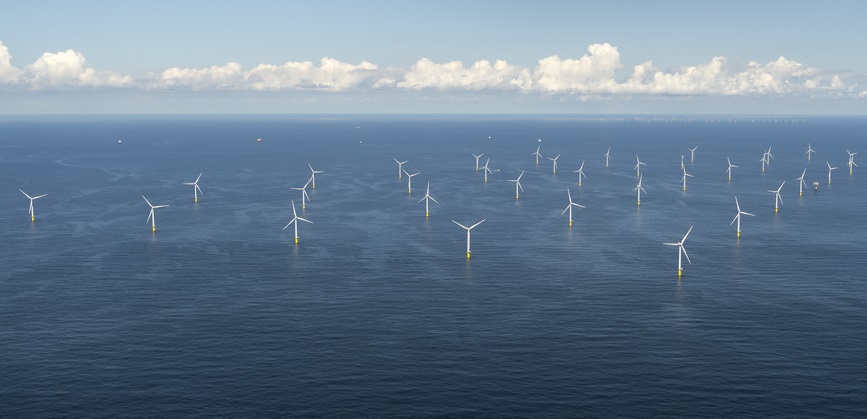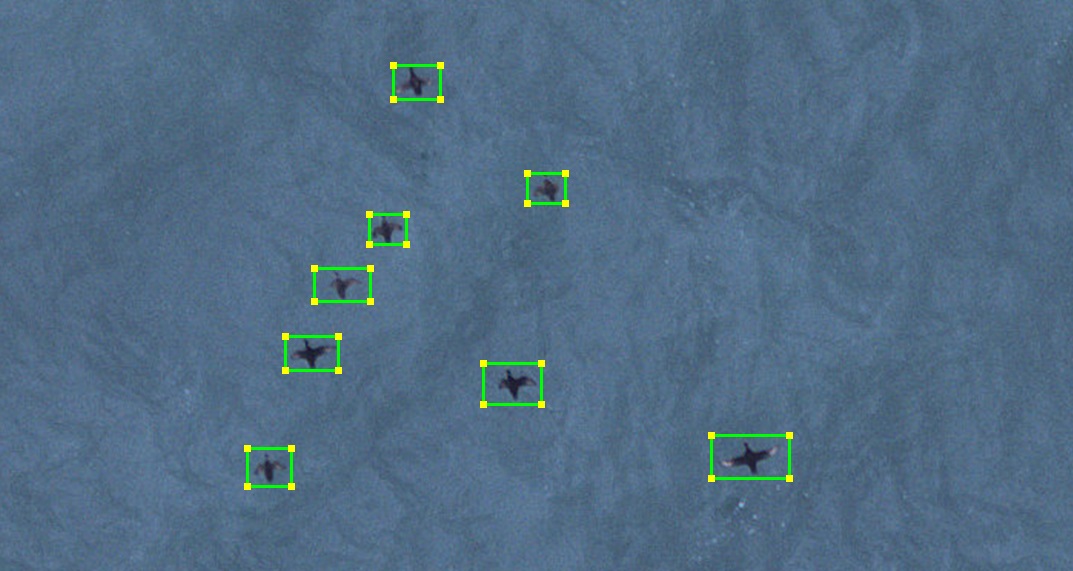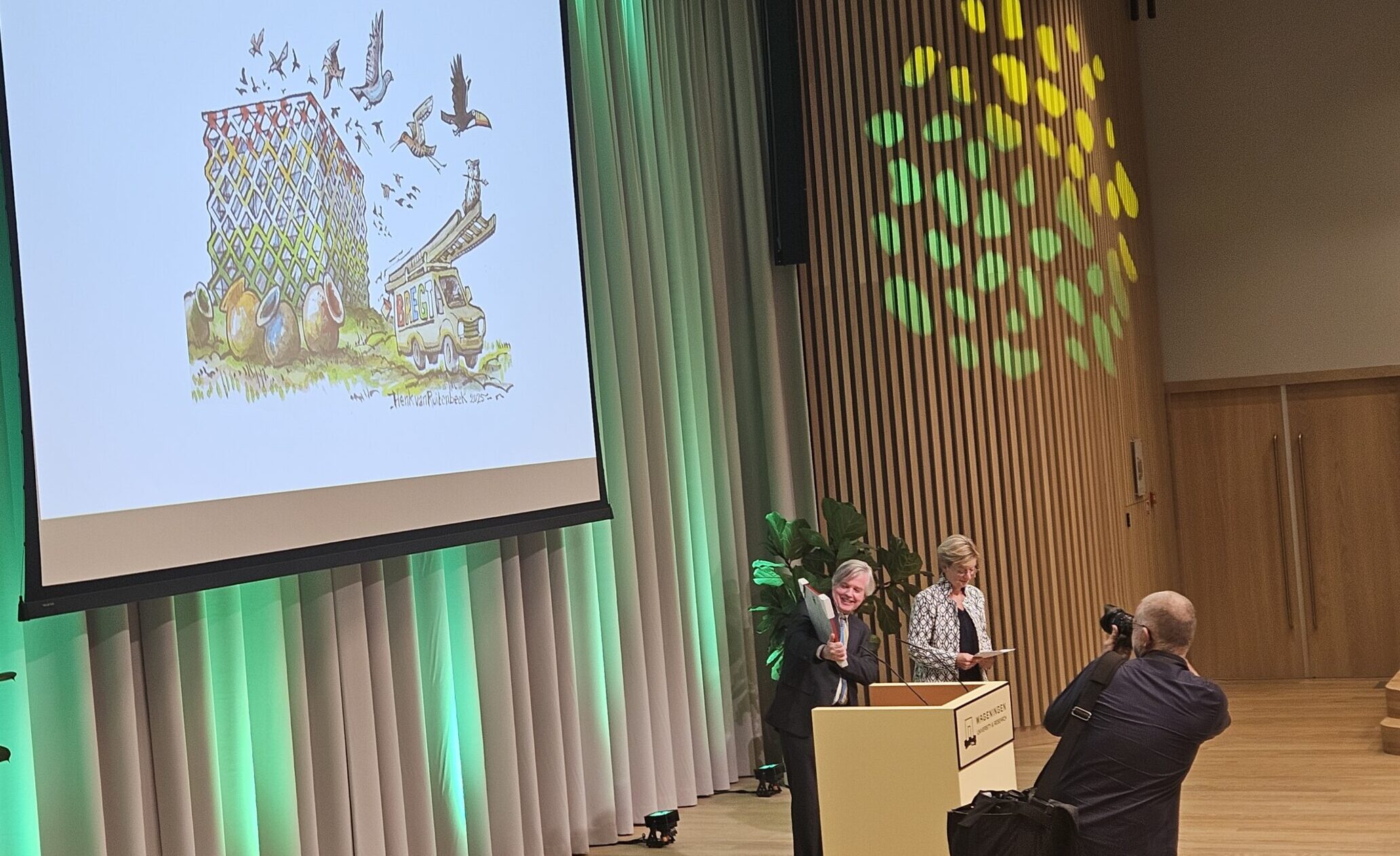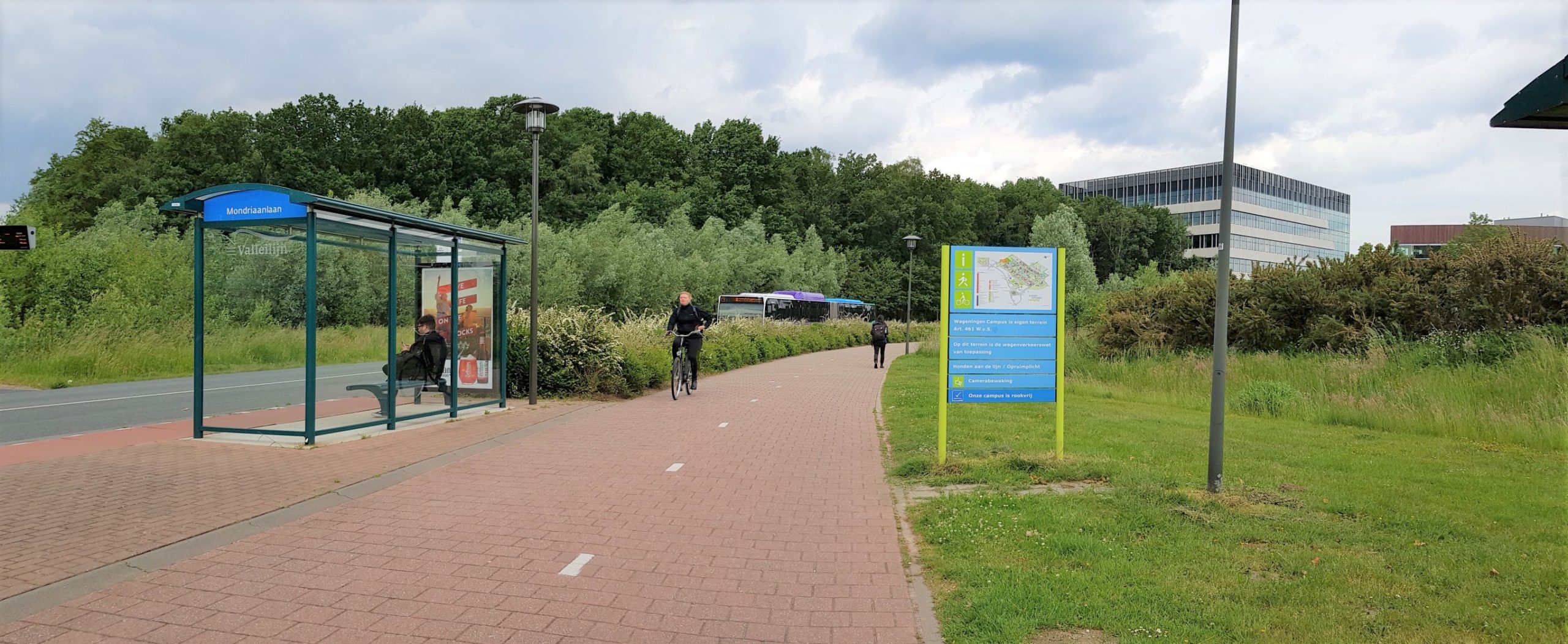Offshore wind turbines impact the behaviour of birds such as guillemots and razorbills. But how precisely is not clear. Do birds avoid wind parks, do they become accustomed to these invaders in their habitat, or do they ignore the turbines? Aerial bird counts may provide answers to these questions. WUR is teaching computers how to count birds using aerial photographs.
Counting is currently done by humans. Observers in aeroplanes record their observations. A time-consuming endeavour that is becoming increasingly impossible. ‘Because wind turbines are increasing in size, the planes must fly at an increased altitude’, says project leader Afra Asjes of Wageningen Marine Research. ‘It is more difficult to observe the birds as a result.’
High-tech cameras
The solution is to take aerial photographs using high-definition cameras at an altitude of over 500 metres. Analysing the pictures, however, still requires human effort. Researchers from Agro Food Robotics use Artificial Intelligence (AI) to teach computers to perform this task. Marine mammals and sea birds are to be detected, identified and counted using software.

Using computers to replace humans in observing animals is not a new concept. WUR researcher Jasper Eikelenboom obtained his PhD last year on a similar study, where this method was used to map wildlife on the African savannah. Applying this method to observations at sea, however, has not been done before. If successful, all aeronautic monitoring could eventually be done through this method.
In this project, WUR (Agro Food Robotics and Marine Research) collaborate with German BioConsult SH, Gemini Wind park and Observation International (among others the app Obsidentify). BioConsult and RWS (Department of Waterways and Public Works) provide the images (learning materials) for the computer. The images were taken at the wind parks near Schiermonnikoog and off the coast near Rotterdam.
Habitat
Images taken within the parks are compared to images taken outside the parks to analyse the effect of wind parks on animals. The differences provide insight into the distribution of birds and the loss of habitat as a result of the construction of wind parks. The project is to be concluded at the end of 2025.

 Scoters identified on an aerial photograph. Photo BioConsult SH
Scoters identified on an aerial photograph. Photo BioConsult SH 

